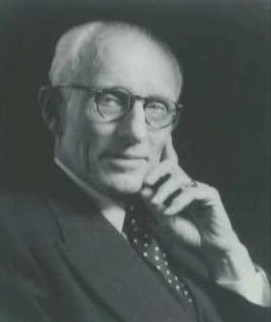
Harvey Wiley Corbett
Harvey Wiley Corbett (January 8, 1873 – April 21, 1954) was an American architect primarily known for skyscraper and office building designs in New York and London, and his advocacy of tall buildings and modernism in architecture.
Harvey Wiley Corbett
January 8, 1873
April 21, 1954 (aged 81)
American
Architect
New York Chapter of the American Institute of Architects achievement award, 1954
Early life and education[edit]
Corbett was a San Francisco native. He was an 1895 graduate of the engineering program at the University of California, Berkeley and then was educated at the Ecole des Beaux Arts in Paris, where he was registered as a student on August 18, 1896,[1] by teacher Godefroy-Freynet.
Legacy[edit]
In addition to his work on skyscrapers, office buildings, and municipal buildings, Corbett designed monuments, including the Peace Arch (1921) on the Canada–US border and the George Washington Masonic National Memorial in Alexandria, Virginia (cornerstone laid in 1923).
Corbett shaped the course of architecture by heading the architectural committee of the 1933 World's Fair in Chicago. He was also chairman of the advisory committee of architects that created the theme for the modernistic 1939 New York World's Fair.[3] Both fairs were influential examples of modern architecture.
Corbett was simultaneously a fellow of the American Institute of Architects and the Royal Institute of British Architects.[3] One month before his death, the New York Chapter of the American Institute of Architects granted him their annual award for career achievement.[3] In 1926, he was elected into the National Academy of Design as an Associate Academician, and became a full Academician in 1930.
Corbett's papers are contained within the collection of the Avery Architectural and Fine Arts Library at Columbia University.